Rio Olympics: The Brazilian Way
Published on September 28th, 2015
Success at the 2016 Olympics will have as much to do with overcoming rivals as it will each athletes ability to come to peace with Rio de Janeiro. This venue, to be kind, is different. An update by Sports Illustrated magazine, ‘The World is Waiting’, provides an unnerving portrayal of the host for the world’s most important sporting event. Here’s an excerpt…
The wide shots will be jaw-dropping. But this is a city not quite ready for its close-up. “To live in Rio is to be so aware of its potential, but also to be constantly confronted by its failures,” says Juliana Barbassa, who spent 2 1/2 years as a correspondent for the AP in Rio. “Every day I’d go for a run and see the beauty and smell the sewage. The possibilities and the failures, it’s heartbreaking. That’s what happened with the Olympic bid – we set priorities that weren’t our own. There’s the city we sold, and there’s the city we live in.
“Yes, Rio will pull everything together in the end. The Olympics will look good and fun. But the cost … They basically planned it as they went along. The culture works that way, from the doormen to the governor.”
In no category will Rio fall shorter of its sales pitch than in water quality. Two thirds of the sewage generated by Rio’s residents goes untreated into some public body of water. Guanabara Bay (sailing venue) is essentially a septic tank; 8,200 liters of raw sewage pour into it each second, and every day Cariocas clog it with another 100 tons of garbage. Rio won the Olympics in part with a promise to clean up the bay. Today everyone concedes it won’t happen.
Organizers still hope to stage the sailing competition in the bay. They intend to clear the course of floating debris by using ‘eco-boats’ equipped with nets, and they will count on the dry Brazilian weather, with favorable winds and less effluvial runoff, to deliver acceptable water quality. The state of Rio de Janeiro claims to have made progress in its cleanup effort; officials say that the bay, 12% clean with Rio won the Games, is nearly 50% clean now.
“Those numbers don’t mean a lot, because there’s no technical way to measure,” says Torben Grael, the Brazilian national sailing coach, whose family will count three generations of Olympic sailors, if his daughter, Martine, or son, Marco, competes next year. “But even if it’s not 100%, we hope we can put together the agreements (to finish the cleanup). That’s what happened in Sydney (2000 Olympics). The harbor wasn’t the way they wanted for the Games but all the agreements were in place. If we can have something similar to that, it would be something to celebrate.”
But the government has yet to earmark enough funding to address the source of the problem. “Politicians don’t like to build sewage treatment plants, because sewage pipes run underground,” says Mario Andrada, Rio 2016’s executive director of communications. “They prefer roads and bridges and things they can put their names on.”
Note: Sports Illustrated reaches a weekly audience of nearly 21 million adults, and SI.com, their 24/7 sports news website delivers more than 150 original stories to users each week.


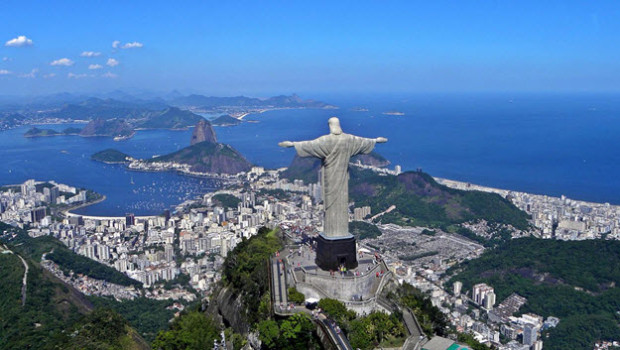


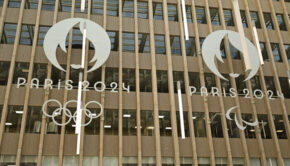
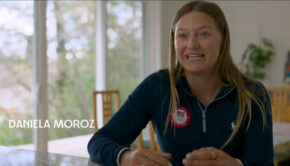
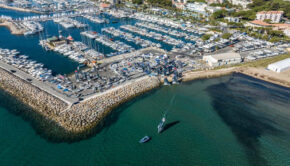
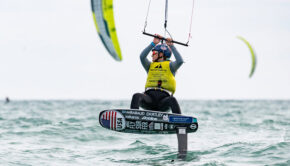
 We’ll keep your information safe.
We’ll keep your information safe.